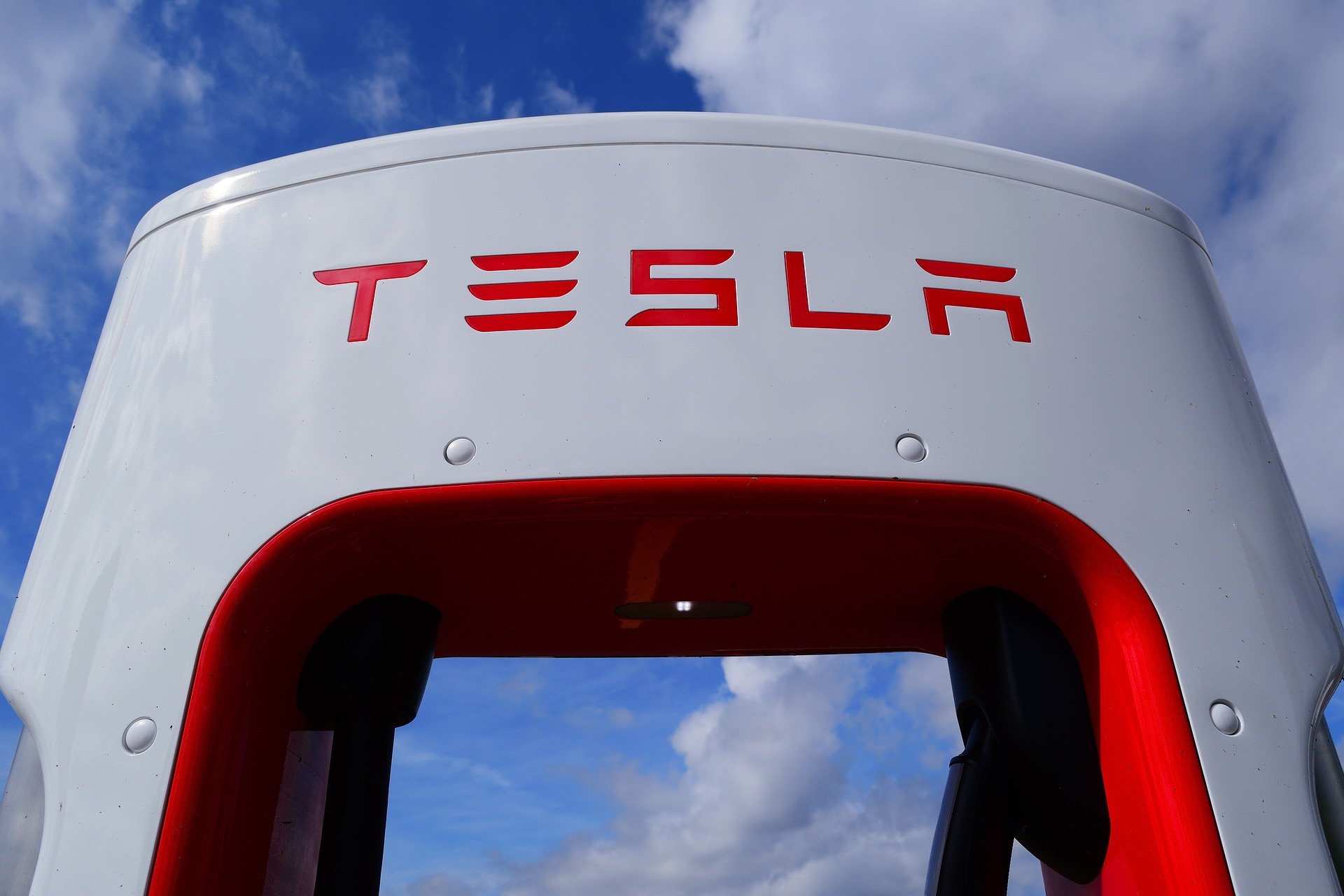The index committee at S&P Dow Jones Indices (SPDJI) has once again been thrown into the spotlight following the S&P 500’s latest rebalance which saw Tesla not included in the flagship index.
Many analysts had expected Tesla to be included in the S&P 500 earlier this month after the electric vehicle manufacturer posted its fourth consecutive quarter of profits, a key criteria for inclusion, in July.
However, the S&P 500’s index committee instead chose to include e-commerce site Etsy, Teradyne, the automatic test equipment maker, and pharmaceutical company Catalent.
After being shunned by SPDJI, Tesla’s share price plummeted 21% on 7 September, its worst one-day loss on record, wiping $82bn off its market cap.
However, the question is, why would a firm that is the ninth-largest publicly-listed company be ignored versus one that is 25 times smaller?
The first place to look is towards the S&P 500’s methodology. It is based on a very vague set of rules to achieve its goal of representing the US stock market.
Unlike other indices, there is discretion involved so the index committee has the ability to ignore a stock despite being eligible for inclusion.
As the S&P 500 methodology states: “Constituent selection is at the discretion of the index committee.”
In a blog post dating back to 2014, one of the creators of the S&P 500, David Blitzer, who retired after four decades last year, highlighted the ability of the index committee to respond to market events, rather like an active manager.
Blitzer wrote: “Some years ago Bill Miller, then a well-known Legg Mason portfolio manager with a stellar record of beating the market, noted that the S&P 500’s track record of being very hard to beat suggested that active management can succeed and that the index committee were actually good active managers.
“When guidelines or rules need to be reviewed, the committee members understand the issues make needed changes,” he continued. “More importantly, when the unexpected happens, the index committee can respond quickly.”
While this all sounds very good on paper, one must certainly question who is involved in the index committee making these decisions and also ask how this is any different from active management?
When it goes well, it can look very good, but as we have seen since the Global Financial Crisis (GFC) active managers have failed to outperform as highlighted by SPDJI’s very own SPIVA scorecard.
In the case of Tesla, one only has to look at the volatility of this stock to understand why the index committee would be cautious about its inclusion in its flagship index.
As mentioned above, the company fell a record 21% in one day but has risen 418% so far this year, as at 16 September, highlighting just how volatile the stock can be. It is unlikely the index committee would want to risk the reputation of the S&P 500 by including a stock of this nature.
As one industry source told ETF Stream: “Tesla’s performance is not justified. The huge discretion involved in the S&P 500 means companies such as this will not be included due to potential reputational damage.”
The ETFs listed in the Europe with the biggest weighting to Tesla include the Amundi S&P Global Luxury UCITS EUR (GLUX) and the iShares Edge MSCI Europe Momentum Factor UCITS ETF USD (IUMD) with a 7.2% and 6.6% weighting, respectively, as of 18 September.



